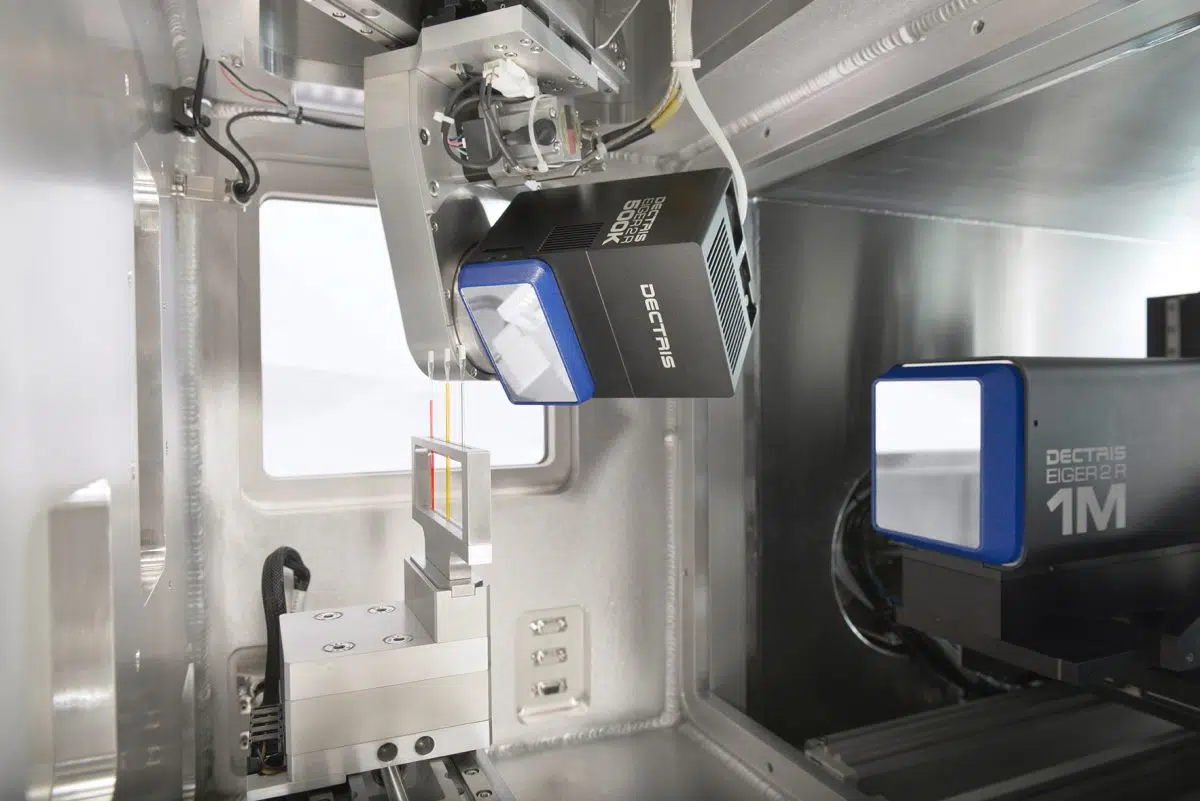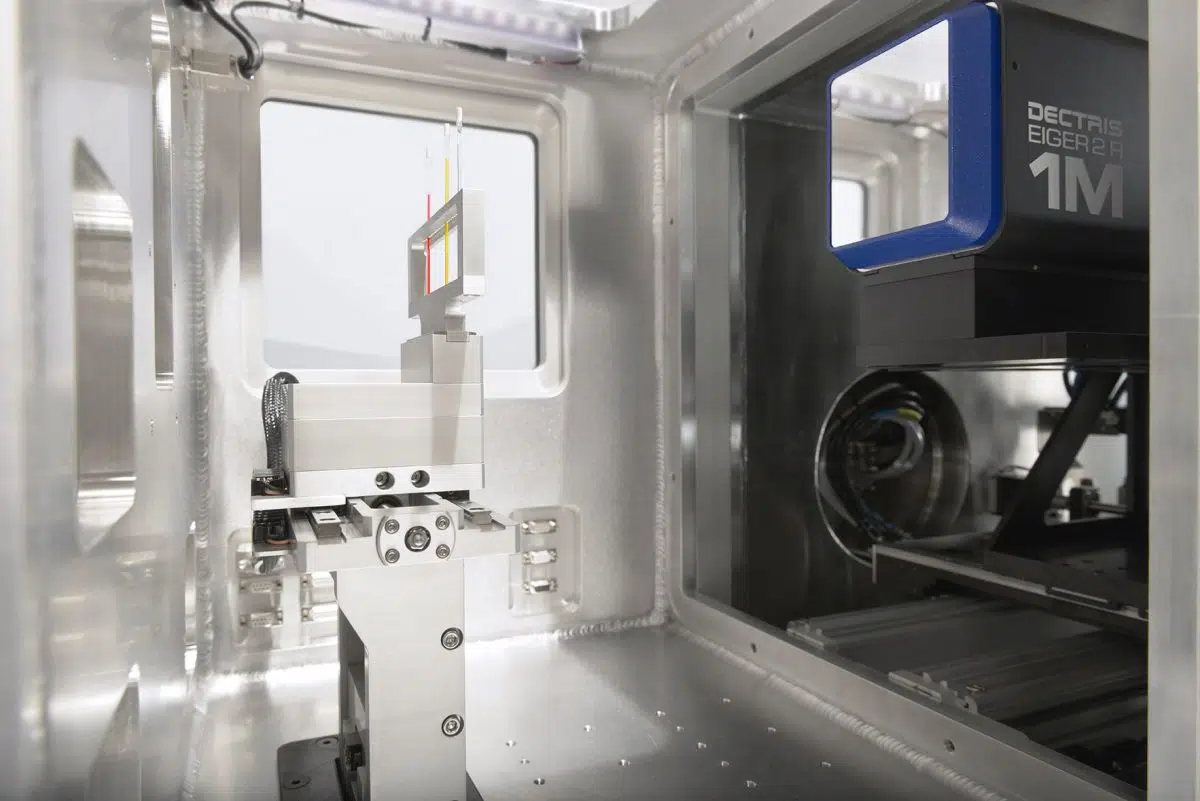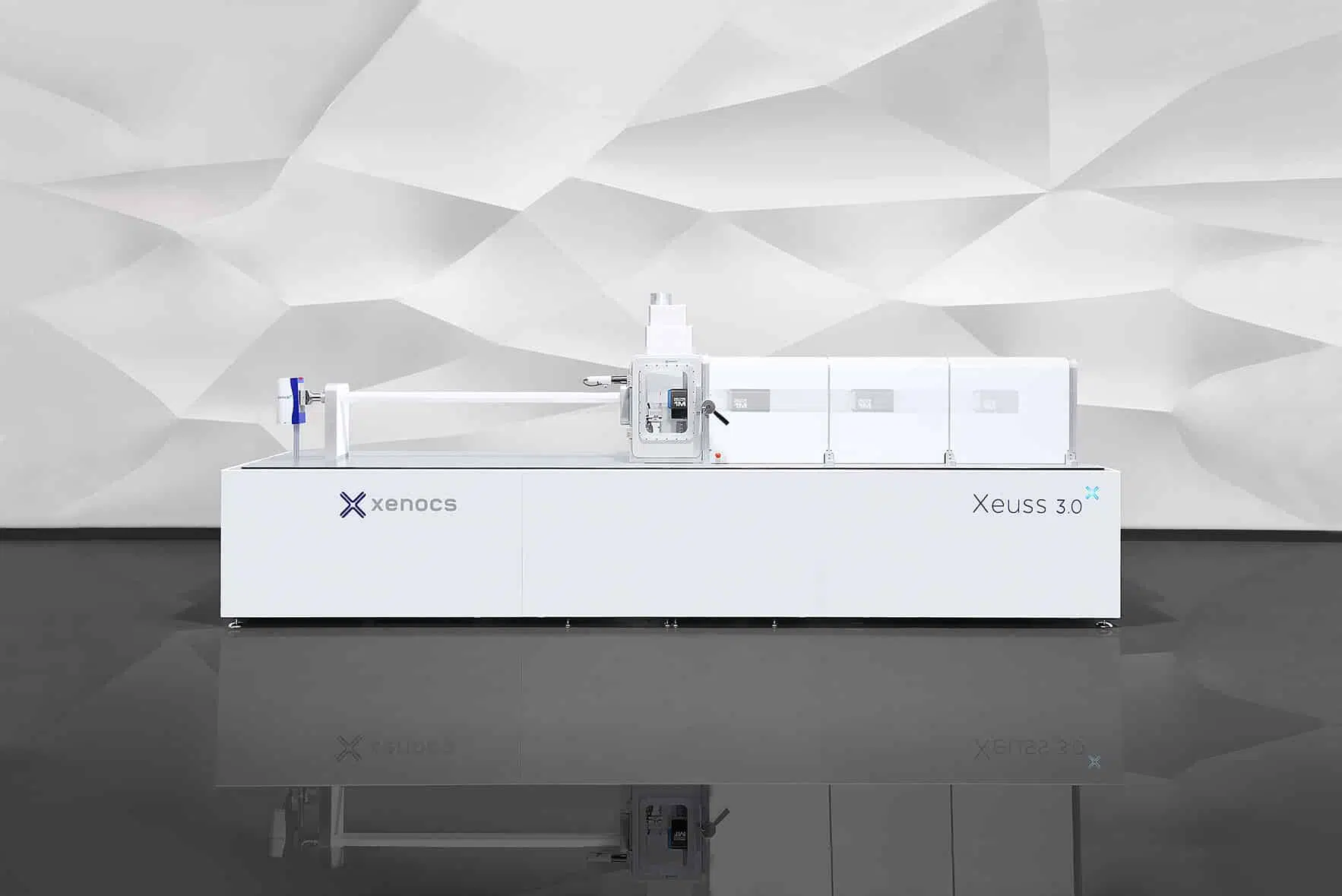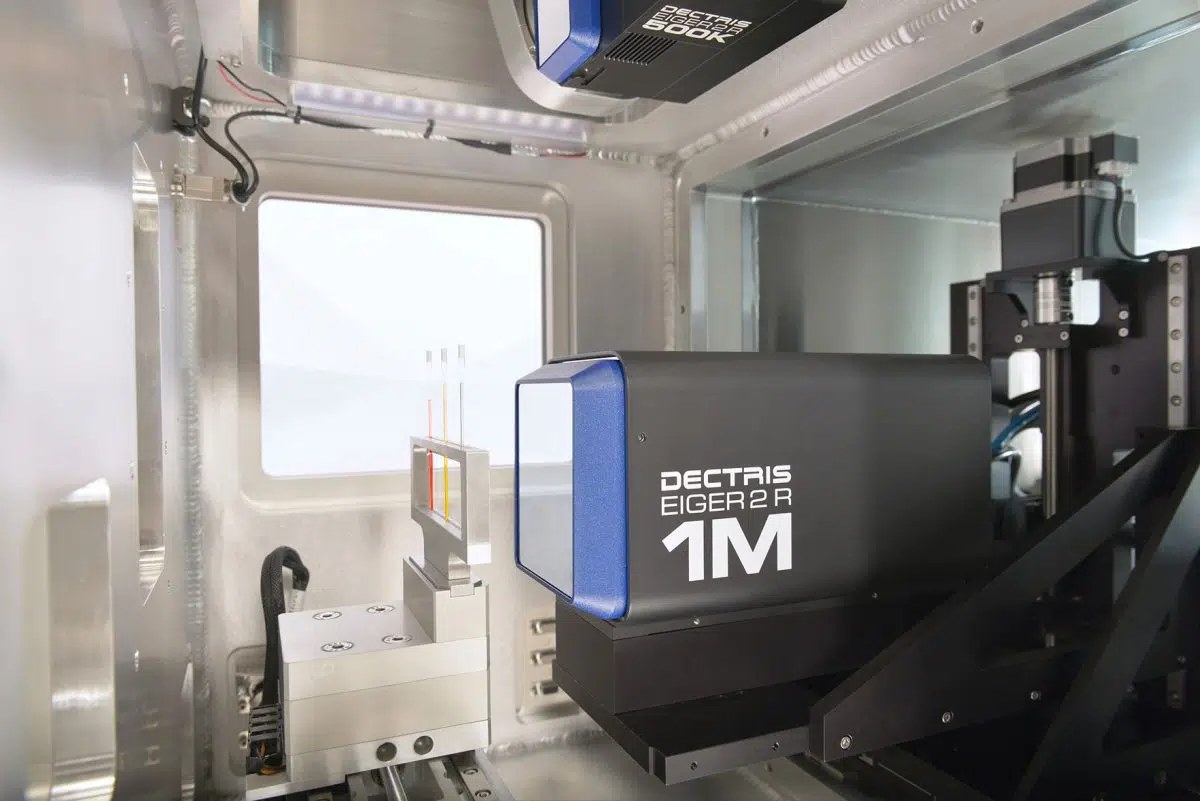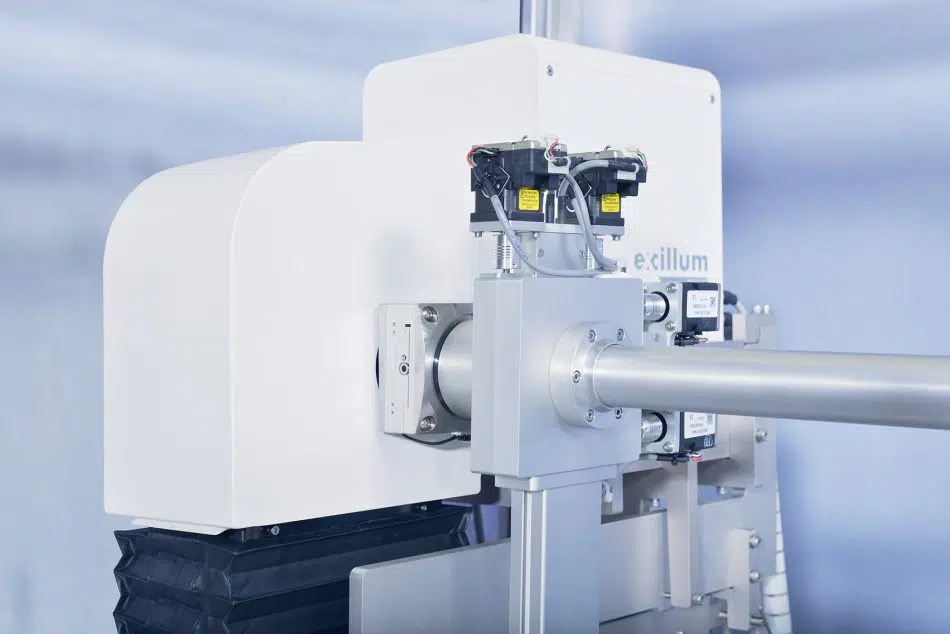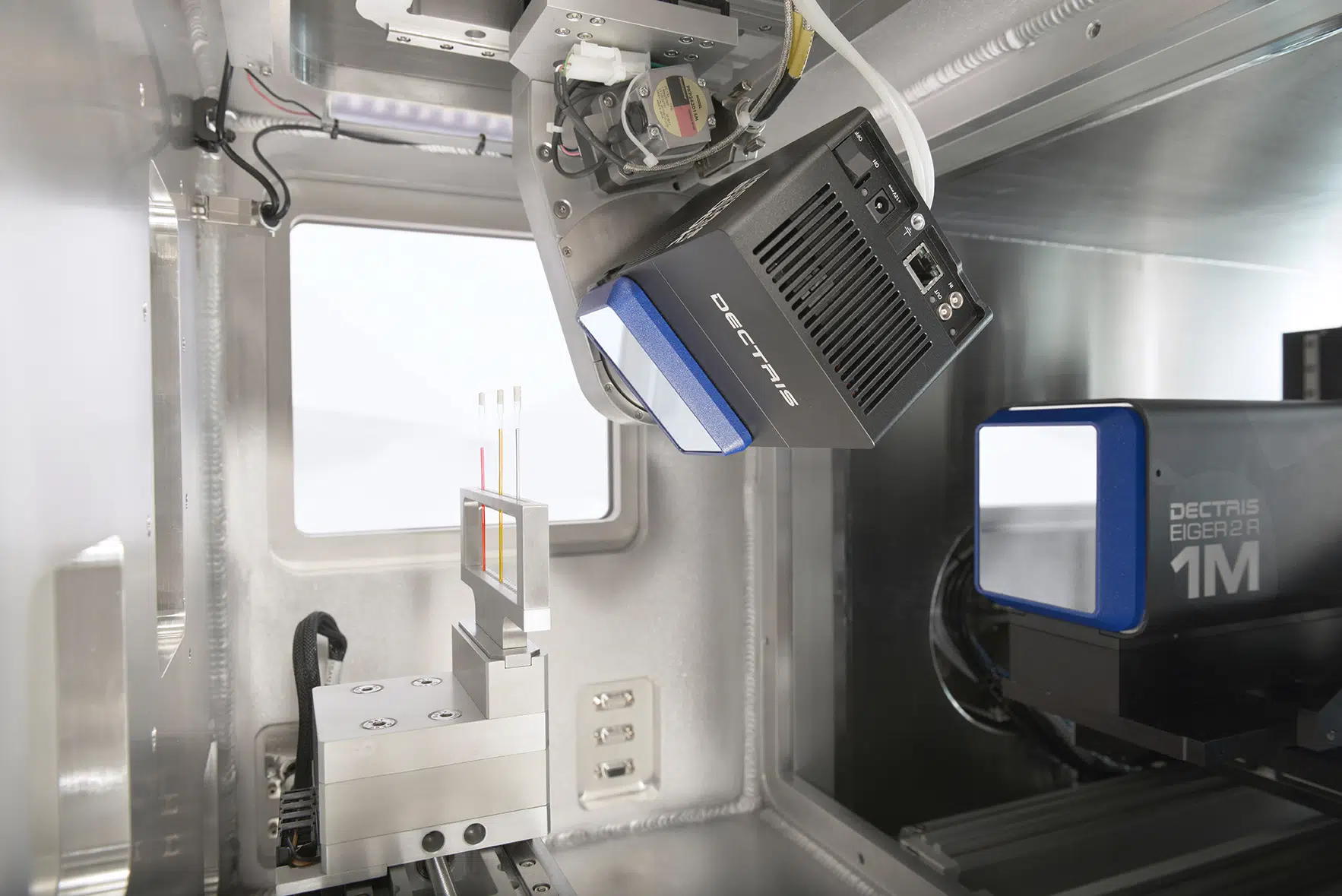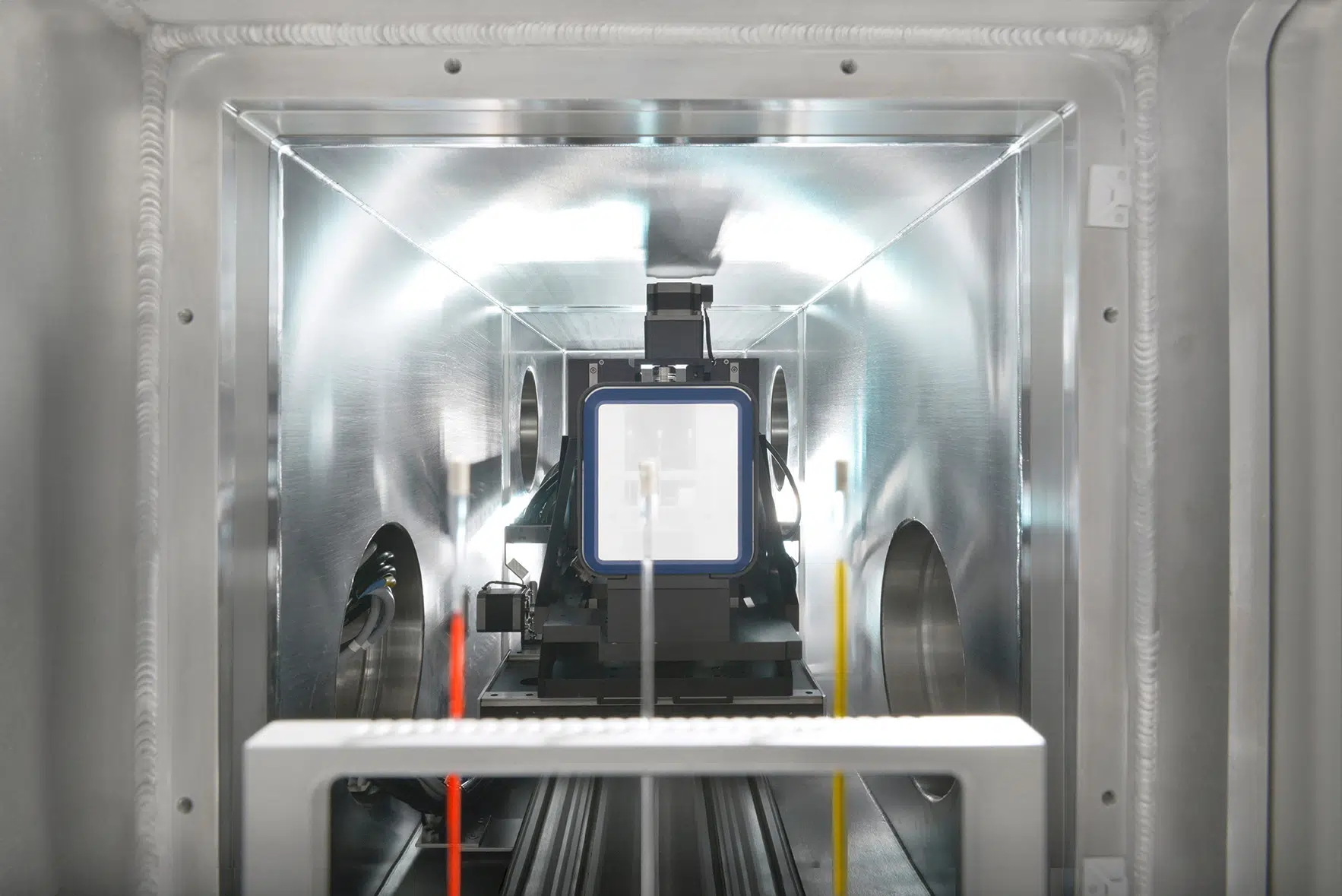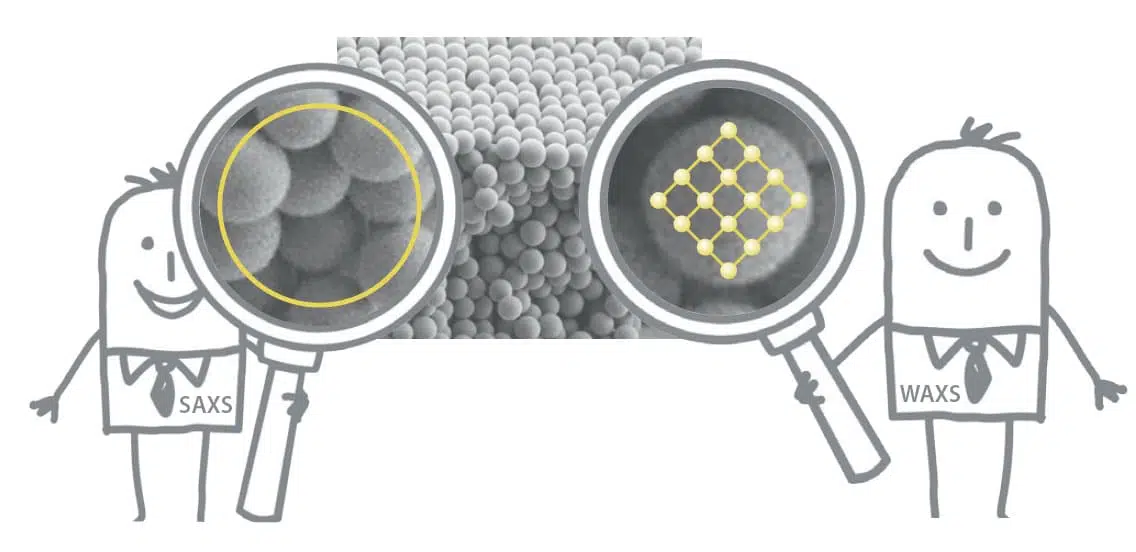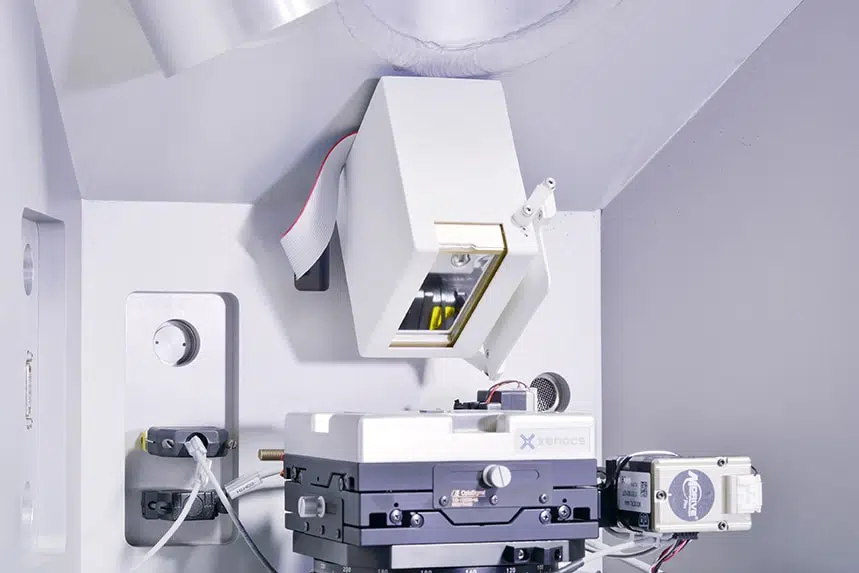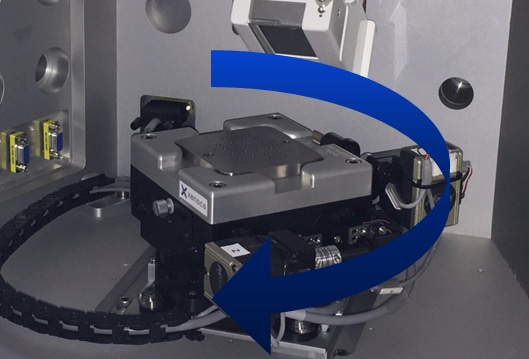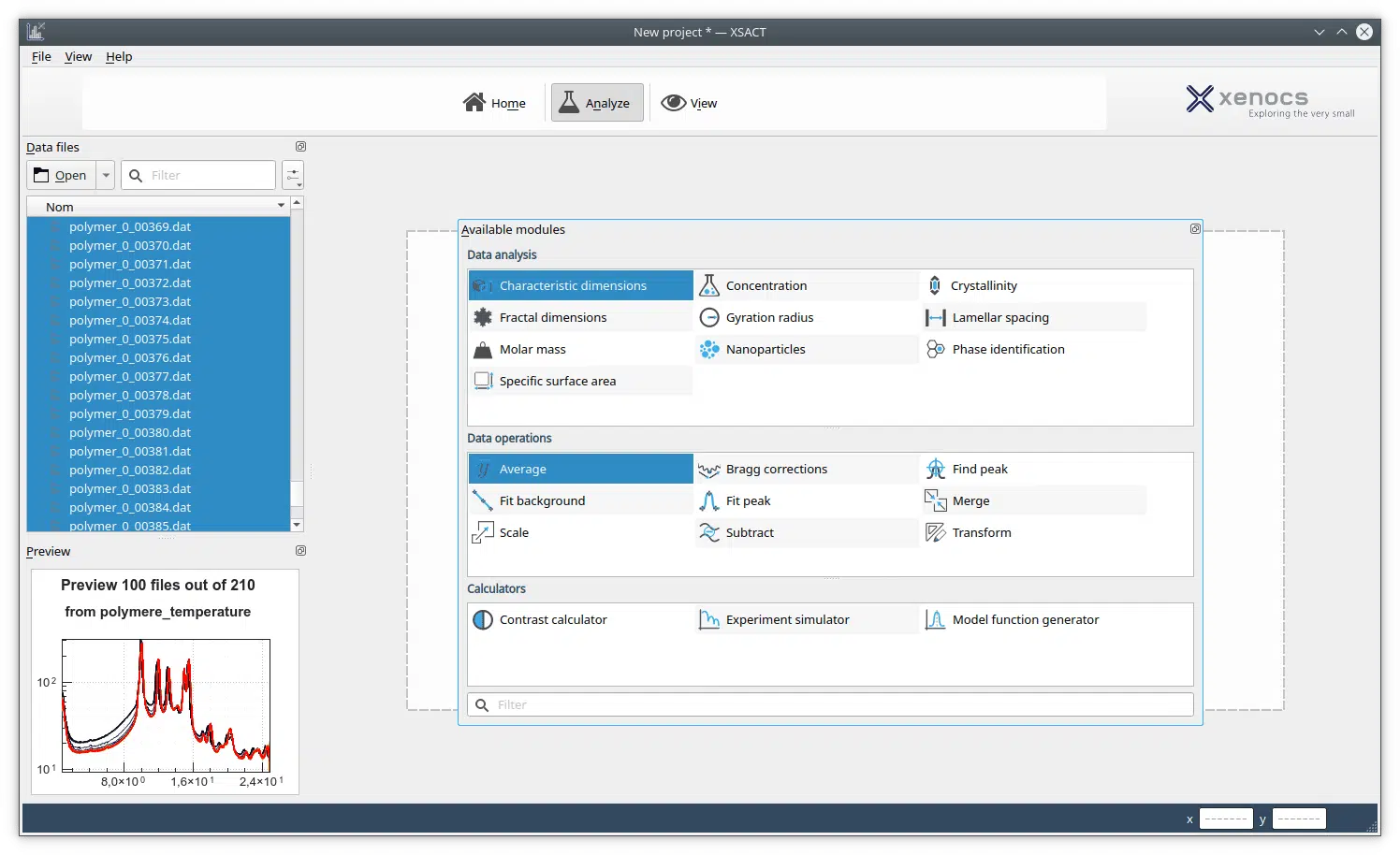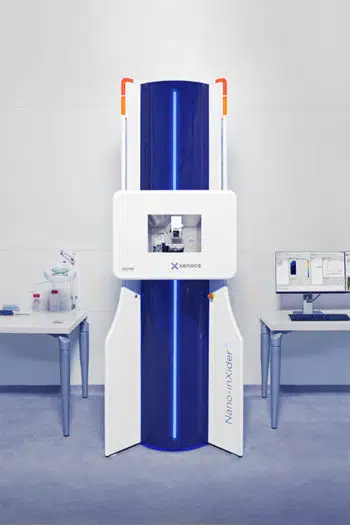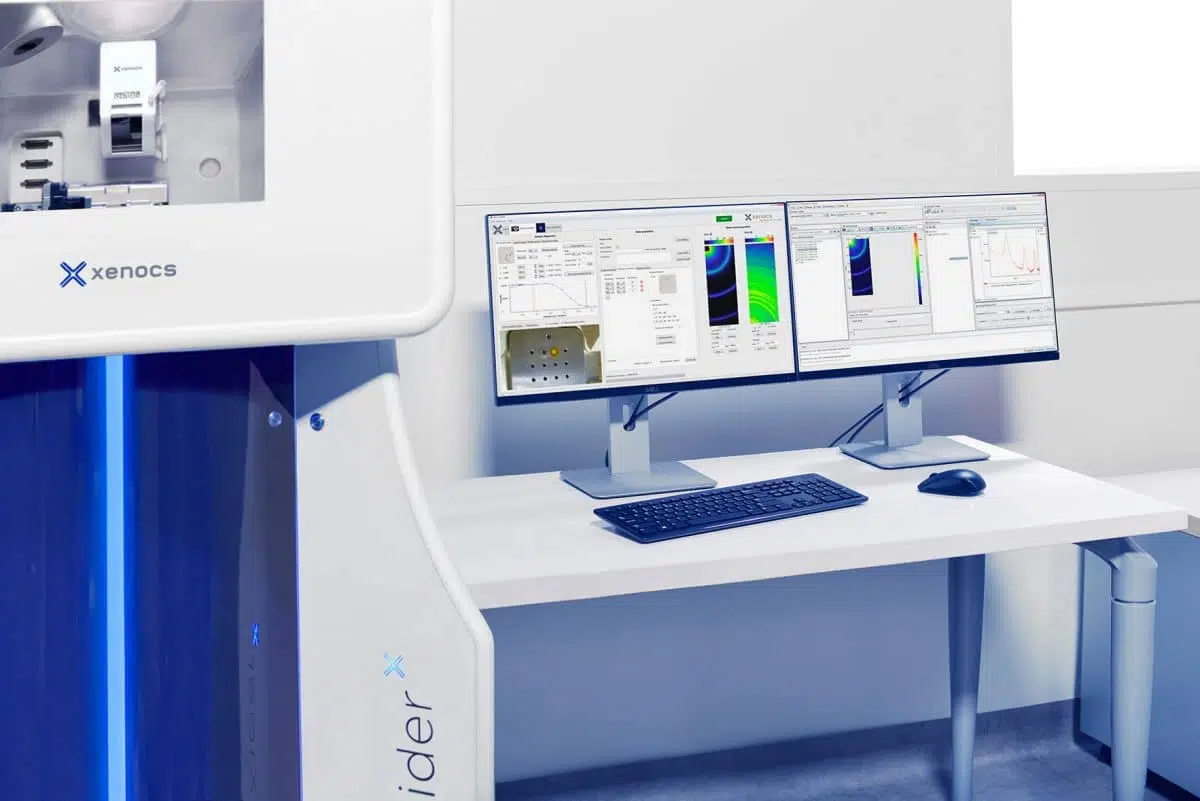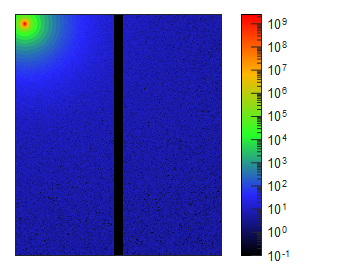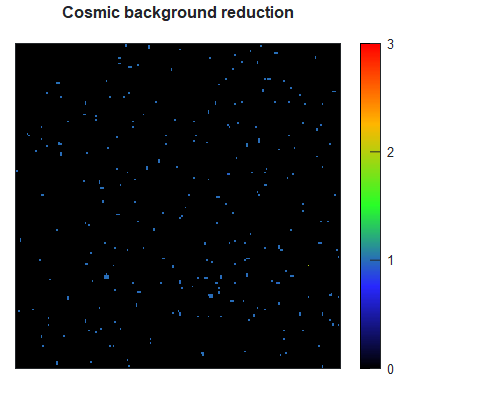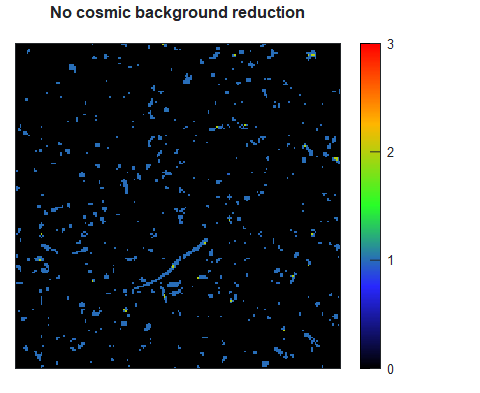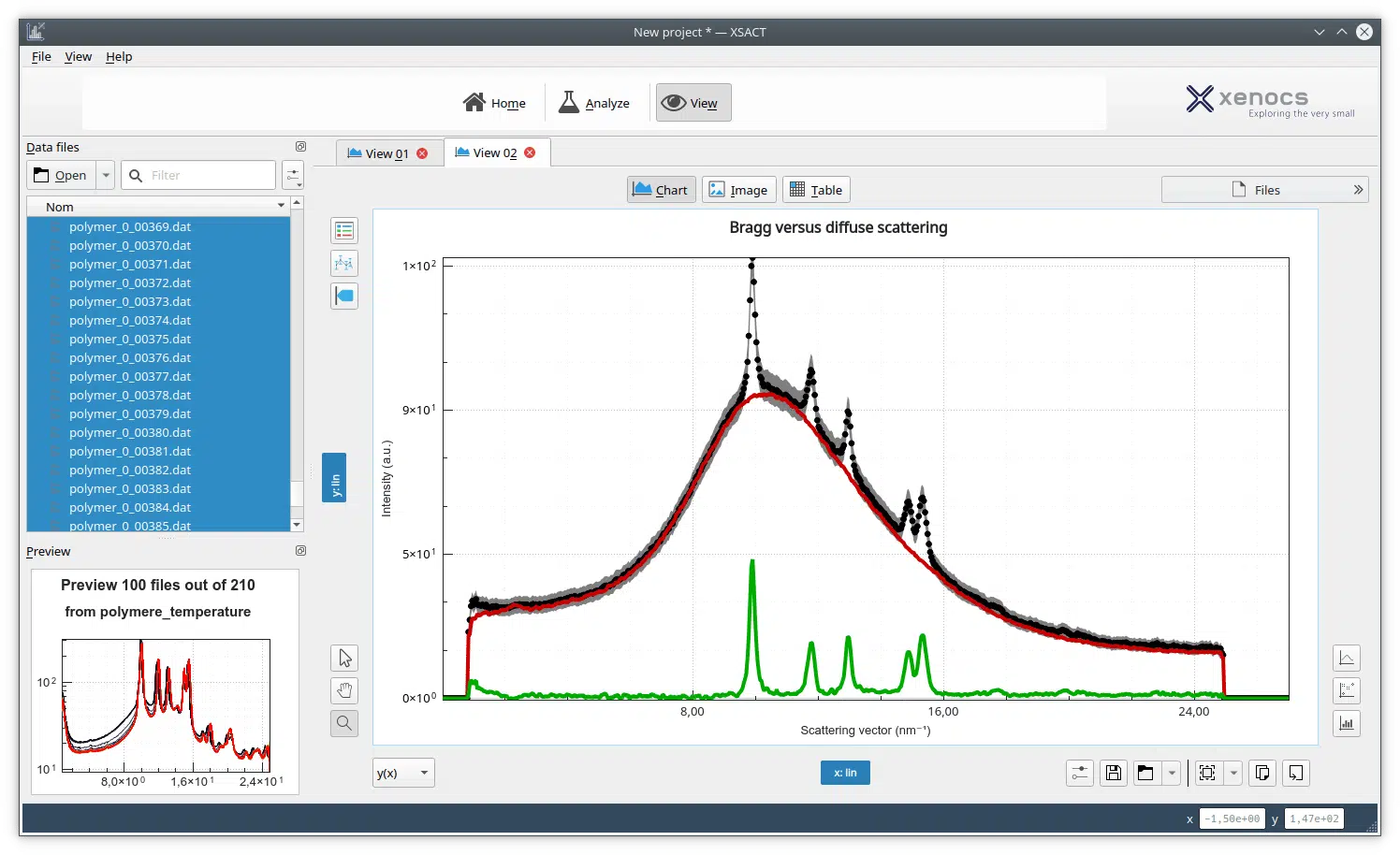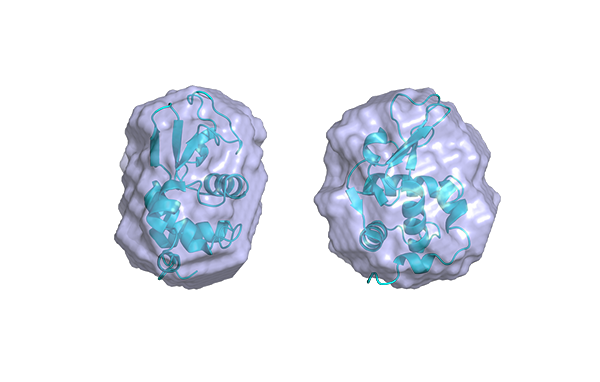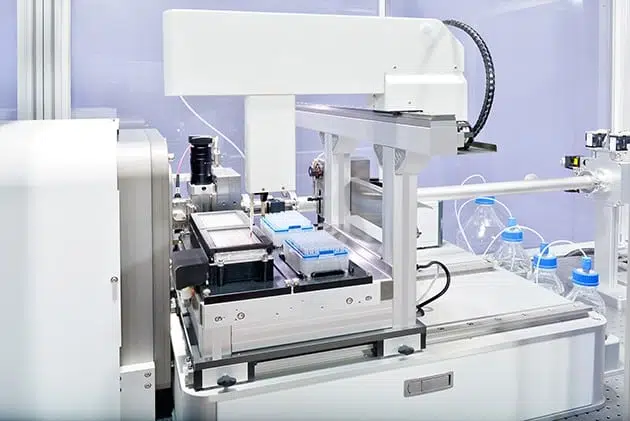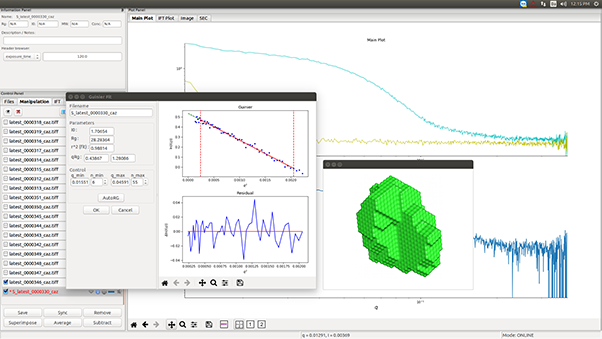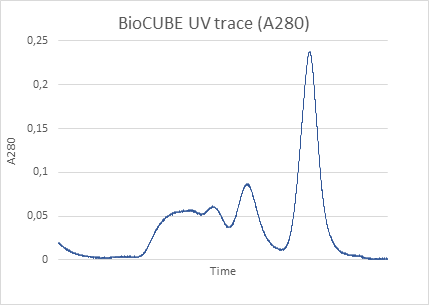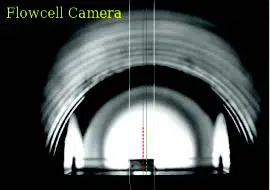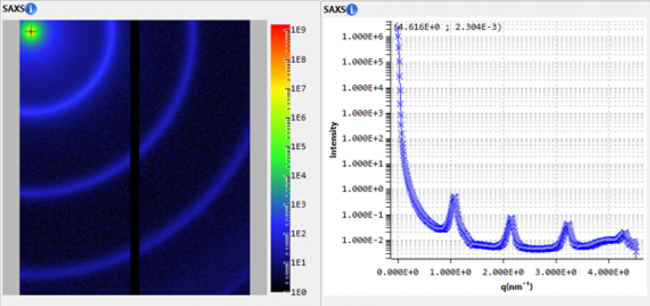Birmpilis, G.; Ahmadi-Naghadeh, R.; Dijkstra, J.
Macroscopic interpretation of nano-scale scattering data in clay
The potential of X-ray scattering measurements for monitoring changes on the nano-scale in fine-grained materials in their natural wet state is demonstrated with a series of feasibility tests on well-controlled kaolin samples that is, water content, pH and loading history. The results indicate that subtle changes on the nanometric…
Nanofiller Dispersion, Morphology, Mechanical Behavior, and Electrical Properties of Nanostructured Styrene-Butadiene-Based Triblock Copolymer/CNT Composites
Staudinger, Ulrike; Satapathy, Bhabani K.; Jehnichen, Dieter
A nanostructured linear triblock copolymer based on styrene and butadiene with lamellar morphology is filled with multiwalled carbon nanotubes (MWCNTs) of up to 1 wt% by melt compounding. This study deals with the dispersability of the MWCNTs within the nanostructured matrix and its consequent impact on block copolymer (BCP) morphology,…
Polymer-Induced Modification of Cellulose Nanocrystal Assemblies in Aqueous Suspensions
Cohen, Neta; Ochbaum, Guy; Levi-Kalisman, Yael; Bitton, Ronit; Yerushalmi-Rozen, Rachel
The effect of adsorbing, nonionic polymers on the phase behavior of cellulose nanocrystals (CNCs) is of interest for design and preparation of functional hybrids. CNC assembly into a chiral nematic phase (N*) was investigated in the presence of highly hydrated poly(vinyl alcohol) (HPVA), low hydrated PVA (LPVA), and poly(vinylpyrrolidone) (PVP).…
Enhanced gas barrier property of stacking-controlled reduced graphene oxide films for encapsulation of polymer solar cells
Sung, Sae Jin; Park, Jisoo; Cho, Young Shik; Gihm, Se Hoon; Yang, Seung Jae; Park, Chong Rae
Compact stacking of building blocks is essential in order to utilize the impermeable nature of reduced graphene oxide (rGO) for encapsulating barriers in organic electronics. To obtain the desired accumulation characteristic, rGO films were fabricated via spraying process using phase-controlled graphene oxide (GO) dispersion. The rGO laminate prepared from the…
Tunable circularly polarized luminescence from molecular assemblies of chiral AIEgens
Song, Fengyan; Cheng, Yanhua; Liu, Qiuming; Qiu, Zijie; Lam, Jacky W. Y.; Lin, Liangbin; Yang, Fafu; Tang, Ben Zhong
Circularly polarized luminescence (CPL) is important to chiral photonic technologies. In molecular systems, besides their intrinsic chemical structures, architectures of molecular assemblies at the mesoscopic scale also account for the final macroscopic CPL properties. Herein, tunable CPL responses can be induced through architectural regulation of these molecular assemblies in suspension…
Overcoming the energy loss in asymmetrical non-fullerene acceptor-based polymer solar cells by halogenation of polymer donors
Fan, Qunping; Liu, Tao; Gao, Wei; Xiao, Yiqun; Wu, Jingnan; Su, Wenyan; Guo, Xia; Lu, Xinhui; Yang, Chuluo; Yan, He; Zhang, Maojie; Li, Yongfang
To achieve efficient polymer solar cells (PSCs), it is important to overcome the energy loss (Eloss) from the optical bandgap to the open-circuit voltage (Voc) of the device by properly matching donor/acceptor (D/A) photovoltaic materials. Here, we develop efficient PSCs based on the absorption complementary pairs of halogenated polymer donors…
Highly Ordered Semiconducting Polymer Arrays for Sensitive Photodetectors
Wei, Xiao; Gao, Hanfei; Feng, Jiangang; Pi, Yueyang; Zhang, Bo; Zhai, Yu; Wen, Wen; He, Mingqian; Matthews, James R.; Wang, Hongxiang; Li, Yang; Jiang, Shimei; Jiang, Lei; Wu, Yuchen
Semiconducting conjugated polymers possess attractive optoelectronic properties and low-cost solution processability and are inherently mechanically flexible. However, the device performance is susceptible to the fabrication methods because of the relatively weak intermolecular interaction of the polymers and their inherent conformational and energetic disorder. An efficient fabrication technique
Surface modification of ZnO electron transport layers with glycine for efficient inverted non-fullerene polymer solar cells
Zhu, Xiaoqian; Guo, Bing; Fang, Jin; Zhai, Tianshu; Wang, Yanan; Li, Guangwei; Zhang, Jianqi; Wei, Zhixiang; Duhm, Steffen; Guo, Xia; Zhang, Maojie; Li, Yongfang
Interfacial engineering is crucial to improve the photovoltaic performance of polymer solar cells (PSCs). In this study, we demonstrate efficient inverted non-fullerene PSCs with ZnO modified by nontoxic glycine (Gly) as the electron transport layer (ETL). With the modification of Gly, work function of the ETL interlayer was decreased from…
Controlling the pore size in conjugated polymer films via crystallization-driven phase separation
Guo, Shaowen; Lu, Yaguang; Wang, Binghua; Shen, Changyu; Chen, Jingbo; Reiter, Günter; Zhang, Bin
A wide range of possible applications in sensors and optoelectronic devices have focused considerable attention on porous membranes made of semi-conducting polymers. In this study, porous films of poly(3-hexylthiophene) (P3HT) were conveniently constructed through spin-coating of solutions of a blend of P3HT and polyethylene glycol (PEG). Pores were formed by…
Pore formation and evolution mechanism during biaxial stretching of β-iPP used for lithium-ion batteries separator
Ding, Lei; Xu, Ruizhang; Pu, Lian; Yang, Feng; Wu, Tong; Xiang, Ming
The morphological evolution and pore formation mechanism of different kinds of ?-iPP spherulites during biaxial stretching were analyzed. The smaller radial-growth spherulite deforms heterogeneous, causing a faster reduction in ?-crystal content and higher orientation degree during longitudinal stretching, while the bigger spherulite derived from the hedrites deformed more homogeneous due…






